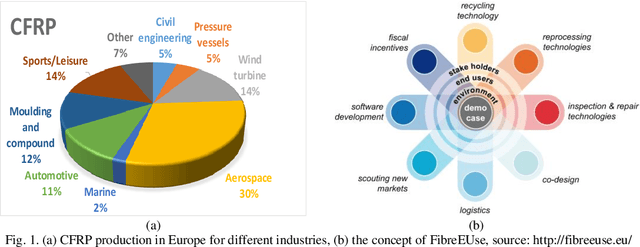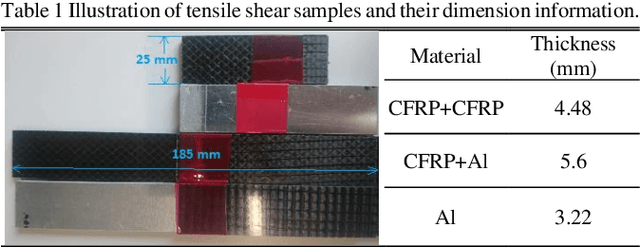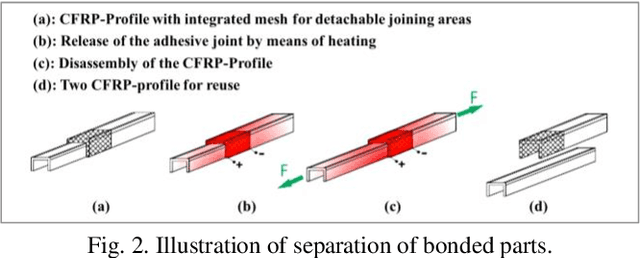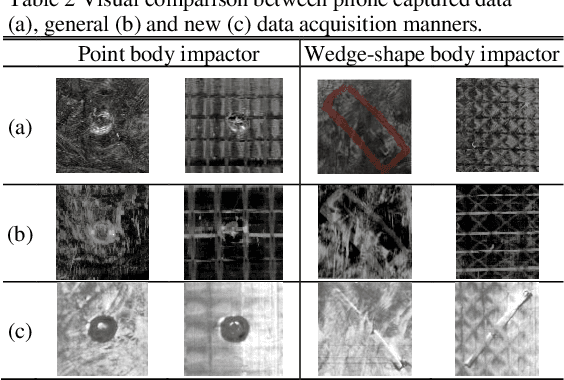Winifred Ijomah
Nondestructive Testing of Composite Fibre Materials with Hyperspectral Imaging : Evaluative Studies in the EU H2020 FibreEUse Project
Nov 04, 2021



Abstract:Through capturing spectral data from a wide frequency range along with the spatial information, hyperspectral imaging (HSI) can detect minor differences in terms of temperature, moisture and chemical composition. Therefore, HSI has been successfully applied in various applications, including remote sensing for security and defense, precision agriculture for vegetation and crop monitoring, food/drink, and pharmaceuticals quality control. However, for condition monitoring and damage detection in carbon fibre reinforced polymer (CFRP), the use of HSI is a relatively untouched area, as existing non-destructive testing (NDT) techniques focus mainly on delivering information about physical integrity of structures but not on material composition. To this end, HSI can provide a unique way to tackle this challenge. In this paper, with the use of a near-infrared HSI camera, applications of HSI for the non-destructive inspection of CFRP products are introduced, taking the EU H2020 FibreEUse project as the background. Technical challenges and solutions on three case studies are presented in detail, including adhesive residues detection, surface damage detection and Cobot based automated inspection. Experimental results have fully demonstrated the great potential of HSI and related vision techniques for NDT of CFRP, especially the potential to satisfy the industrial manufacturing environment.
Activation Functions: Comparison of trends in Practice and Research for Deep Learning
Nov 08, 2018



Abstract:Deep neural networks have been successfully used in diverse emerging domains to solve real world complex problems with may more deep learning(DL) architectures, being developed to date. To achieve these state-of-the-art performances, the DL architectures use activation functions (AFs), to perform diverse computations between the hidden layers and the output layers of any given DL architecture. This paper presents a survey on the existing AFs used in deep learning applications and highlights the recent trends in the use of the activation functions for deep learning applications. The novelty of this paper is that it compiles majority of the AFs used in DL and outlines the current trends in the applications and usage of these functions in practical deep learning deployments against the state-of-the-art research results. This compilation will aid in making effective decisions in the choice of the most suitable and appropriate activation function for any given application, ready for deployment. This paper is timely because most research papers on AF highlights similar works and results while this paper will be the first, to compile the trends in AF applications in practice against the research results from literature, found in deep learning research to date.
 Add to Chrome
Add to Chrome Add to Firefox
Add to Firefox Add to Edge
Add to Edge